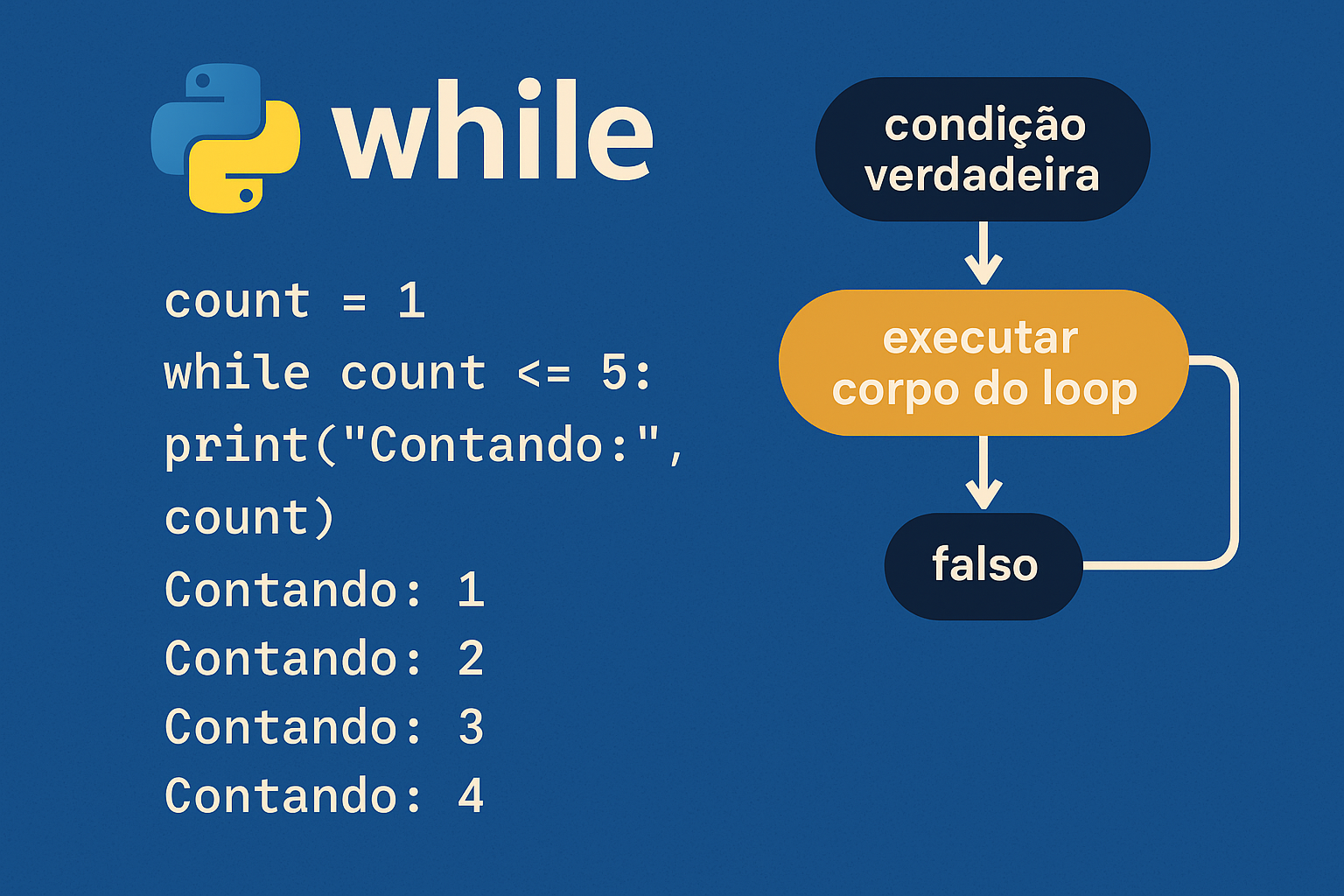The Data Science Project Life Cycle: From Raw Data to Real Impact
Let’s face it — when we talk about Data Science, a lot of people picture a room full of folks staring at screens, writing code, and pulling graphs out of thin air. But the truth is, behind every cool dashboard and game-changing prediction, there’s a whole journey going on — a full-on life cycle of a Data Science project. Yep, it breathes, it changes, and sometimes… it even dies.
Let’s take a walk through that cycle, step by step, in a way that makes sense — without oozing technical jargon, but with that spark of curiosity that drives data-driven innovation.
🌱 1. Understanding the Problem (The Seed)
Every great project starts with a good ol’ question. Not just “What can we do with the data?”, but “What problem are we really trying to solve?” This is where business meets brains.
It could be reducing churn, predicting sales, spotting fraud, or just making better coffee deliveries — the key is clarity. Without a well-defined problem, you’re just chasing shadows.
Think of it like planting a seed: if you don’t know what tree you want, how will you nurture it?
📊 2. Data Collection (Digging the Ground)
Here’s where the shovel hits the soil. We go after data — structured, unstructured, real-time, historical, you name it. Sometimes it’s neatly tucked into databases. Sometimes, it’s scattered across spreadsheets, APIs, PDFs… even tweets.
And yes, this is often the “ugly” part. It’s messy. It’s unpredictable. But it’s where the magic begins.
🧹 3. Data Cleaning and Preprocessing (Washing the Veggies)
No kidding, this is the stage where most data scientists spend the bulk of their time. And it’s not glamorous.
We remove outliers, fill in missing values, normalize numbers, and make sense of the noise. It’s like preparing ingredients for a feast — raw data doesn’t serve itself.
Imagine building a house with crooked bricks. Yeah, not ideal. Clean data = strong foundation.
🔍 4. Exploratory Data Analysis (The Detective Work)
Now things start to heat up. Here, we’re not jumping into modeling just yet — we’re snooping around.
Charts, patterns, correlations, distributions… this is where the “data talks.” And believe me, if you listen carefully, you’ll hear stories you didn’t expect.
EDA helps uncover biases, inconsistencies, and hidden gems — the kind of stuff that shifts your entire project’s direction.
🤖 5. Modeling and Machine Learning (The Brainstorming)
Alright, now it’s time to flex those algorithmic muscles. Regression, classification, clustering — whatever fits the challenge.
This is where we build, test, tweak, and compare models. But here’s the kicker: the fanciest model isn’t always the best one. Sometimes the simplest algorithm wins.
Accuracy matters, but so does interpretability. Can you explain the output to a non-technical stakeholder? If not, you might lose buy-in.
🧪 6. Validation and Evaluation (Reality Check)
It’s testing time! We measure how well the model performs on unseen data using metrics like precision, recall, F1 score, AUC — the works.
But we don’t stop at numbers. We ask, “Does it make sense?” Does the model behave in edge cases? Does it generalize or just memorize?
Validation is your BS detector — don’t skip it.
🚀 7. Deployment (The Big Launch)
You’ve got a model that works. Great! But can it live out there in the wild?
Deployment is all about putting that baby into production. That means integration with real systems, automation, monitoring, and yes — user feedback.
If it doesn’t run in real life, it doesn’t matter. Period.
🔄 8. Monitoring and Maintenance (Keeping It Alive)
No project is ever really done. Over time, data changes. User behavior evolves. Markets shift. Models decay.
That’s why monitoring is so important. We set up alerts, track KPIs, retrain models, and adapt.
A good Data Science project grows — it’s a living thing.
🎯 Final Thoughts
Data Science isn’t just about crunching numbers. It’s a full cycle of discovery, creativity, logic, and, yes, a touch of chaos.
From identifying the right question to delivering real-world results, each step matters. And when done right, it’s not just science — it’s art.
📚 Suggested Reading (In English)
Want to dive deeper? Here’s a list to feed your inner data nerd:
- “Data Science for Business” by Foster Provost and Tom Fawcett
- “Hands-On Machine Learning with Scikit-Learn, Keras, and TensorFlow” by Aurélien Géron
- “The Art of Data Science” by Roger D. Peng and Elizabeth Matsui
- Towards Data Science (Blog): towardsdatascience.com
- DataCamp’s Blog: www.datacamp.com/blog




